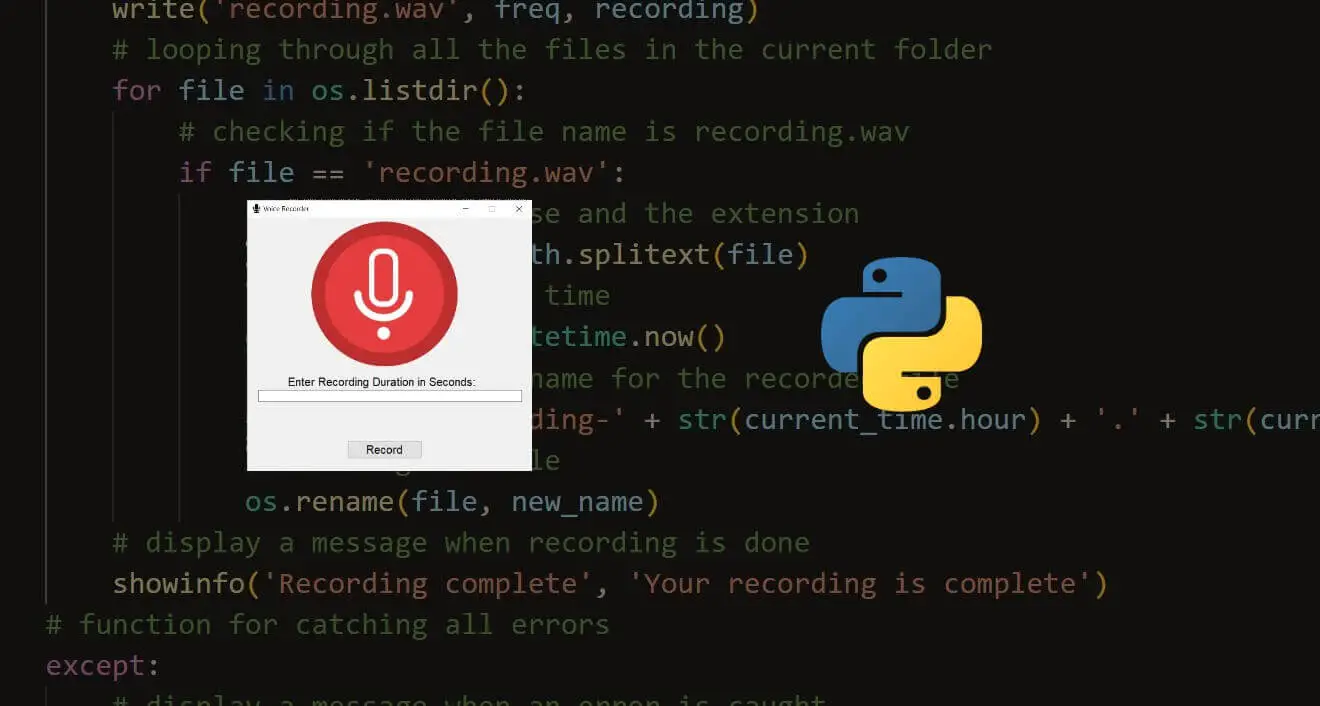Want to code faster? Our Python Code Generator lets you create Python scripts with just a few clicks. Try it now!
Nearshore vs Offshore: Cost-Effective Software Development
In this ever-changing technological world, the selection of the proper model of software development is the major key to any business seeking cost efficiency and quality. Nearshore and offshore software development are two popular approaches that are usually compared. Each model presents different advantages and challenges; each could be best understood for the difference they possess so that one may make a very informed decision about a project.
What is Nearshore Software Development?
Nearshore software development involves outsourcing software projects to teams in neighboring countries, usually in the same or similar time zone. It serves as a great model for every business seeking to enhance collaboration while enjoying competitive pricing as compared to local development.
A company in the United States, for instance, can use nearshore development with teams in Mexico or Canada. Proximity to each other, ease of travel, cultural similarities, and easier communication compared to the offshore alternative make it just right.
Nearshore teams can also integrate technologies like Python for rapid development and prototyping, offering an efficient solution for dynamic and scalable projects.
What is Offshore Software Development?
Offshore development means relocating the projects to teams that work from a farther country, very often even from a farther continent. In most cases, this is a cost-saving strategy. Companies from Western Europe, for example, send projects for offshore development to Asian countries like India or the Philippines because of the huge gap in salaries.
While having a lot of advantages from the cost perspective, offshore development can imply problems like different time zones, cultural barriers, and delayed communication.
Offshore developers skilled in Python are often sought for their ability to handle large-scale projects with complex requirements efficiently.
Nearshore vs. Offshore: Key Differences
Cost Efficiency
Offshore development is always cheaper due to low labor costs in countries like India and Vietnam. However, the hidden cost of communication and time zone management can be expensive.
Nearshore development is a bit more expensive but eliminates almost all problems in communication, as well as travel expenses, thus allowing for smoother project management.
Communication and Collaboration
Nearshore software development often offers more opportunities for good collaboration due to the same or close time zones and cultural compatibility.
Moreover, offshore teams may have a number of problems related to communication, since they often have to work without overlapping working time zones and thus delay project development.
Talent Pool and Expertise
Offshore development tends to open a large pool of talent at lower costs.
Nearshore development has a smaller pool of talent; however, it gives you a higher quality of candidates and is easier to manage.
Flexibility and Scalability
Offshore development teams are usually larger and more scalable, thus being beneficial for extensive projects.
While nearshore teams might be smaller, they're able to move quicker due to closer time zones and far better means of communication.
Real-World Examples
Nearshore Software Development in Action
A US-based FinTech company outsourced to a team in Colombia for a nearshore development engagement. Proximity allowed the client and developers to collaborate in real time, hence enabling shorter feedback and delivery cycles. The nearshoring engagement was also culturally aligned, which catalyzed smoother communication, hence the success of the project.
A European retail chain outsourced software development to a team in Poland. Geographic proximity and a similar culture of the nearshore team allowed for faster development of a customer-facing mobile application, reducing time to market.
How Offshore Software Development Works
A UK-based e-commerce startup outsourced its mobile app development to a team in India. In this way, the startup saved a considerable amount of money in initial development costs. However, time zone differences were a challenge to manage, which needed proper planning and strong communication tools.
A U.S. healthcare provider collaborated with a team in the Philippines for a large-scale data analytics project. The distance did not matter since the offshore team had deep expertise in healthcare technology, making the collaboration highly successful.
Nearshore Versus Offshore Outsourcing: The Pros and Cons
Pros of Nearshore Development
- Collaboration is easier because of similar time zones.
- Cultural understanding is improved.
- Project adjustments faster.
Cons of Nearshore Development
- It is costlier than offshore.
- Talent pool is limited in some regions.
Pros of Offshore Development
- Significant cost savings.
- Larger talent pool.
- Specialized skills available.
Cons of Offshore Development
- Communication barriers may arise.
- Time zone challenges.
- Inconsistent quality in some cases.
Main Factors to Consider While Choosing a Model
- Project Complexity: Your project requires ongoing collaboration; nearshore development might be more suitable. Frequent updates, shared brainstorming sessions, and quick adjustments are easier with a team operating in your time zone.
- Budget Constraints: In such a scenario, offshore development may be just what startups or small-scale businesses operating on shoestring budgets need. Generally, it gives them access to cheaper labor.
- Long-Term Partnerships: When businesses contemplate long-term partnerships, nearshore teams integrate better into their workflows because they meet culturally and geographically matched standards.
- Technical Expertise: Some offshore centers have earned a name for themselves in certain domains. For example, AI development in India or manufacturing software development in China. Python developers in these regions are often prized for their proficiency in handling AI and data-centric projects.
Nearshore vs Offshore Development Trends
Both nearshore and offshore software development markets present high demand due to the shortage of qualified labor and globalization. More and more businesses move to nearshore-offshore hybrid models: balancing value for money with the level of collaboration by splitting tasks between nearshore and offshore teams.
For instance, a company might want to outsource front-end development to a nearshore team because that way they can work in real time together and give the backend development to an offshore team to save money. In this way, it is possible to get much value out of each of these two models.
Python, being a highly versatile language, is widely used in both nearshore and offshore projects to create scalable and efficient solutions.
How to Make Outsourcing Successful
- Clear Communication: Use collaboration tools like Slack, Zoom, or Microsoft Teams to communicate regularly with your development team.
- Clearly Defined Goals: Clearly communicate the scope, milestones, and expectations of your project to avoid misunderstanding.
- Regular Updates: Hold periodic updates and reviews to see how the work of the team is going.
- Cultural Training: The time you invest in learning the culture of your development team helps you understand them much better and decreases the chances of miscommunication.
Choosing the Right One
Keeping in mind the complexity of your project, budget, and your needs for collaboration, here lies your decision between the offshore vs. nearshore outsourcing:
- Long-term projects demanding frequent communication shall benefit most from nearshore development.
- Budget-sensitive projects that have clear-cut requirements might see the cost they want with offshore development.
Conclusion
Merits lie with both nearshore and offshore in software development. Where this or that would work exactly depends on your specific business needs, budget constraints, and collaboration requirements. Consider pros and cons of both models to see which approach will fit your goal and make your software project a success.
Whether one decides on development nearshore or offshore, the bedrock of any cost-effectiveness with high quality will always be clear communication and strategic planning. Understanding the differences in subtlety between nearshore and offshore outsourcing will provide you with a real opportunity to make a fully informed decision that will drive your business forward.
Incorporating widely adopted programming languages like Python in your outsourcing strategy can further enhance efficiency and maintain scalability, ensuring your software development project is a success.
Let our Code Converter simplify your multi-language projects. It's like having a coding translator at your fingertips. Don't miss out!





Got a coding query or need some guidance before you comment? Check out this Python Code Assistant for expert advice and handy tips. It's like having a coding tutor right in your fingertips!